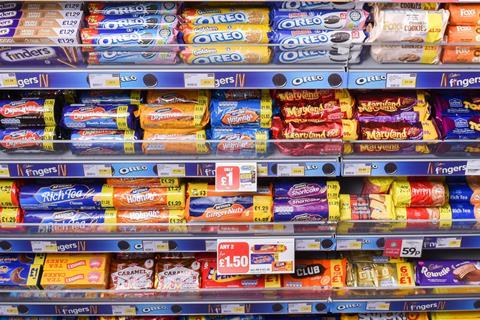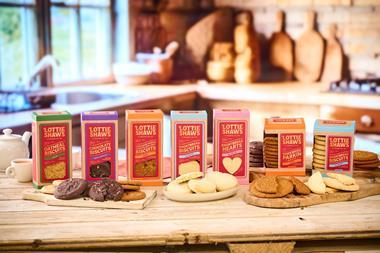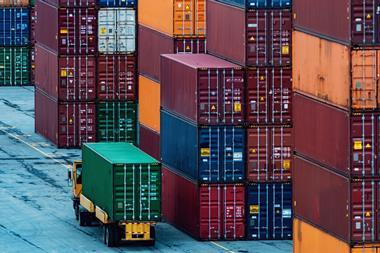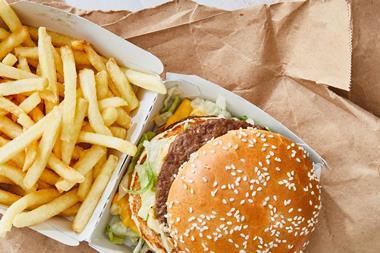
With investor expectations so low going into results, it was perhaps not really that surprising that many fmcg companies surprised positively. This was true in terms of topline growth, but even more so in terms of margin delivery.
Our research points to 80% of the global fmcg sector beating consensus margin forecasts. Many were bearish on escalating Covid-19 costs, the risks of downtrading and negative channel mix on gross margins (as typically out-of-home sales are much higher margin than in-home sales) but were less focused on some of the positive offsets, particularly volume leverage, overhead reduction and media cost deflation.
On volume leverage, big brands keep winning as consumers have become less experimental during Covid-19. For example, Mondelez gained share across 85% of its portfolio in H1-20 (up 10% points vs 2019). Emboldened by this, Mondelez is reducing its SKUs by a quarter, using the pandemic as an opportunity to lock in supply chain savings. Simplification and eradication of low-volume SKUs is becoming a trend where fmcg companies are increasingly active. Reducing complexity declutters shelves, drives velocities, keeps retailers happy and boosts manufacturer margins.
The volume leverage is most visible in household/hygiene and food companies – Reckitt’s organic growth was up more than 10% in H1, and US food companies like General Mills and Kellogg were up 16% and 8% respectively, helped by limited exposure to struggling away-from-home channels. These topline gains are driving big fixed cost (operational) leverage to margins as capacity utilisation is at record levels.
On the cost side of the equation, the two big spend buckets are raw materials and marketing spend. Input costs have been pretty benign for most, and for some a sizeable margin tailwind. On brand and marketing investment, as well as lower promotion, media spend has followed consumers, meaning much more in-home and in-store spend. Better data analytics has allowed marketers to dynamically adjust spend, and not waste money where it wouldn’t be seen. In the main, this has resulted in less absolute investment.
However, there has been an additional kicker: marked deflation in media costs. Unilever was one of the few companies to put a figure on it, saying that it is seeing 25% media deflation. Indeed, this was the biggest reason for its H1 margin beat. Across the sector, we are expecting marketing spend to increase in H2, as the away-from-home channels pick up, driven by improving consumer footfall, but the extent and cost of the spend uplift could be somewhat cushioned by ongoing media deflation savings.
The one area where spend is not being held back is in digital, and particularly e-commerce capabilities. E-commerce is booming, growing by more than 50% in H1 for the sector and now approaching 10% of sector sales. The acceleration has been most pronounced in southern Europe, where e-commerce rates were low to start with, but also in the US. For example, Unilever said its US e-commerce sales doubled in H1-20 to 12%. Increased scale in e-commerce will also help margins, as last-mile economics have always been a cost headache and for some prohibitively expensive.
Consumer staples sector valuations are driven mostly by organic growth, which means trying to distinguish between which Covid-19 trends are transitory and which are structural. However, just behind topline in terms of importance is margins, as it is a big driver of bottom-line earnings growth. Positive margins surprises are also driving positive earnings surprises. This is very relevant given that, according to Barclays forecasts, earnings growth for the wider European market this year is down more than 40%, in a clear contrast to consumer staples companies. This is exactly the reason why investors pay a (valuation) premium for staples.



















No comments yet